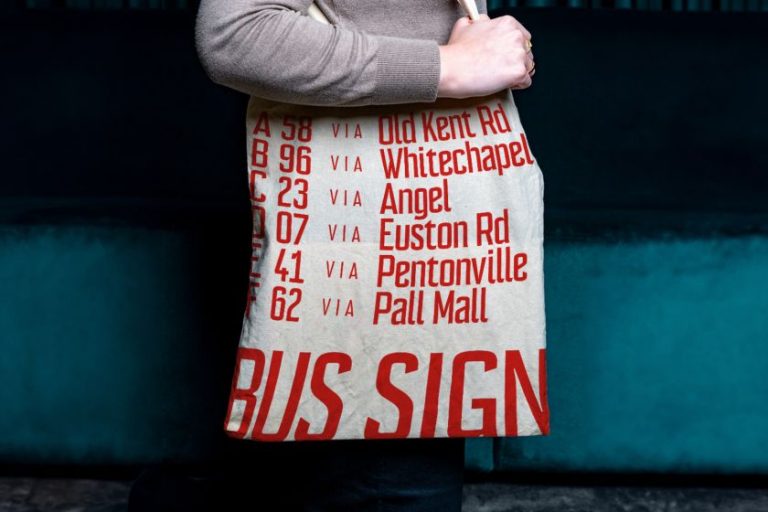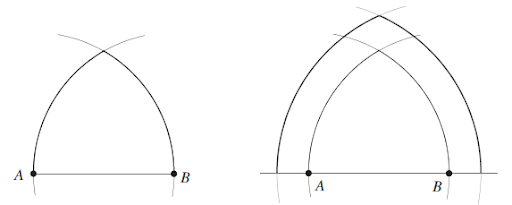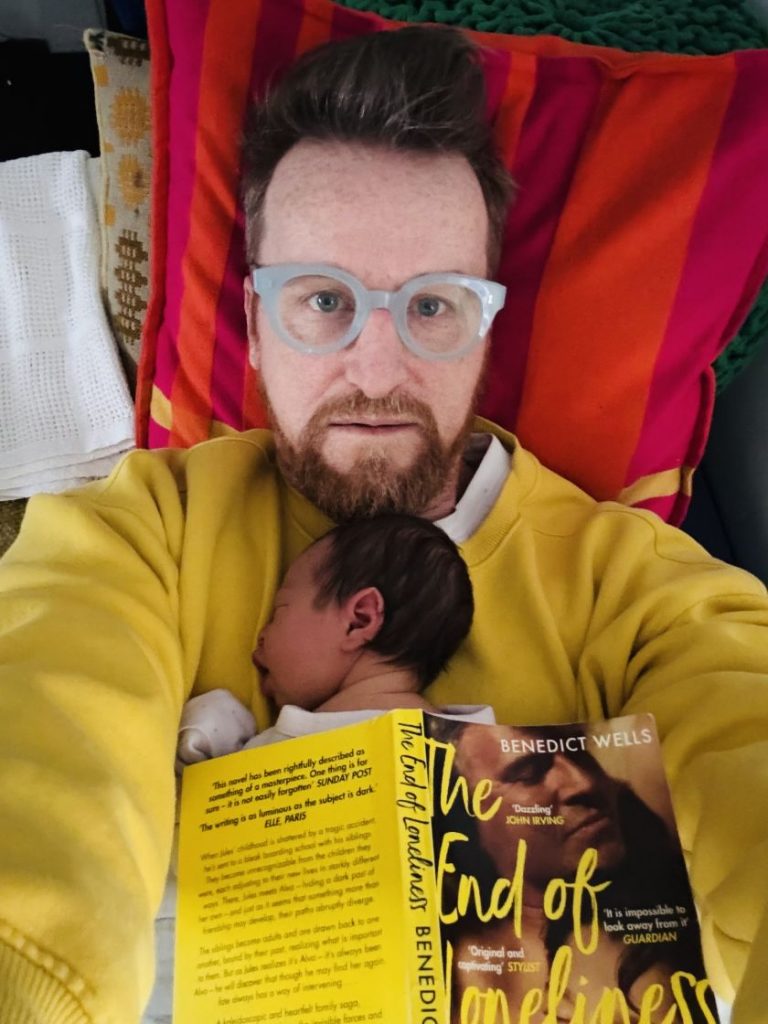
Illustrator Dwayne Huang specialises in depicting the small and authentic moments of human fragility. And in his series The Doomsday, he seeks them out with images of an asteroid colliding with the Earth.
Dwayne Huang’s artwork is something of a contrast. The illustrator loves to capture the most delicate and abstract of human emotions, but to do so, he relies on bombastic images of world-ending catastrophes. In The Doomsday, this takes the shape of a giant asteroid hurtling towards the planet, with people and robots reacting with rare authenticity.
Perhaps unsurprisingly, Dwayne’s influences are equally mismatched. The world around Dwayne is a source of endless inspiration, yet he also draws on the spectacle only found in movies. “My art is infused with a sense of playfulness and whimsy as I seek to capture the small moments of joy that make life worth living,” he tells Creative Boom.
Drawing has been Dwayne’s greatest hobby ever since he was a child, and after several years, he realised that he had a profound ability to capture the essence of a place, moment, or feeling. “I started sketching the scenes and experiences that deeply resonated with me, using a variety of mediums to express my emotions and observations,” he adds.
Inspired by the clean lines and balanced compositions of Bauhaus art, Dwayne’s modernist sensibilities can easily be seen in The Doomsday. The series of five images boasts balanced compositions and eye-catching colours, all of which come together to create a surprisingly subtle study.
“This project explores the impact of an asteroid on Earth and how people in this world respond to the impending doomsday,” he says. “It can be seen as a collection of how people embrace the impermanence and uncertainty of life.”


This fragility is a common theme in Dwayne’s art. He keeps returning to it because he finds it one of the most “raw and authentic aspects of life”. He adds: “These moments can range from personal experiences like love, loss, and vulnerability to broader societal concerns such as the uncertain future of humanity.
“What struck me most about this scenario was the sense of calm that pervades the world. Rather than panic and chaos, people continue with their daily lives until the very last second. I wanted to capture this sense of acceptance and resilience in my illustrations. “
As the series suggests, Dwayne is also a fan of futuristic settings. “I like to play with these futuristic and imaginative elements as a springboard to develop my own fictional worlds within my projects,” he reveals. “I consider how advanced technology, alien species, and futuristic societies can coexist with normal social life and emotional moments. It’s intriguing to explore how even robots can have their own lives!”
Monumental catastrophes are sadly not entirely new. However, a history of disaster proved useful for Dwayne when making The Doomsday series because it provided him with a reference point of human behaviour. Studying drawings related to events such as the Pompeii eruption helped make Dwayne’s images even more resonant.


“Once I have a clear understanding of the subject matter and a pool of visual references, I begin sketching ideas,” he explains. “I experiment with different compositions, perspectives, and visual elements to convey the intended message effectively. Additionally, I sometimes seek feedback from trusted individuals to gain different perspectives on the work, especially for The Doomsday series.”
The images of the asteroid streaking past a cutaway of a building is Dwayne’s favourite from the series. “When the meteorite arrived, different people in this apartment were still celebrating and living their ordinary lives rather than escaping in sorrow,” he says. “I also love the graphics and colours in this one; I enjoy creating different characters in different rooms, giving them their own story and special moments.”
Despite dealing with heavy themes, The Doomsday series has been a cathartic release for Dwayne as it has enabled him to channel his feelings into his illustrations. The main challenge he encountered while making it was maintaining a workflow and consistency through the five pieces. “However, it ended up just fine, and I gained more confidence to work on bigger projects in the future,” he concludes.










